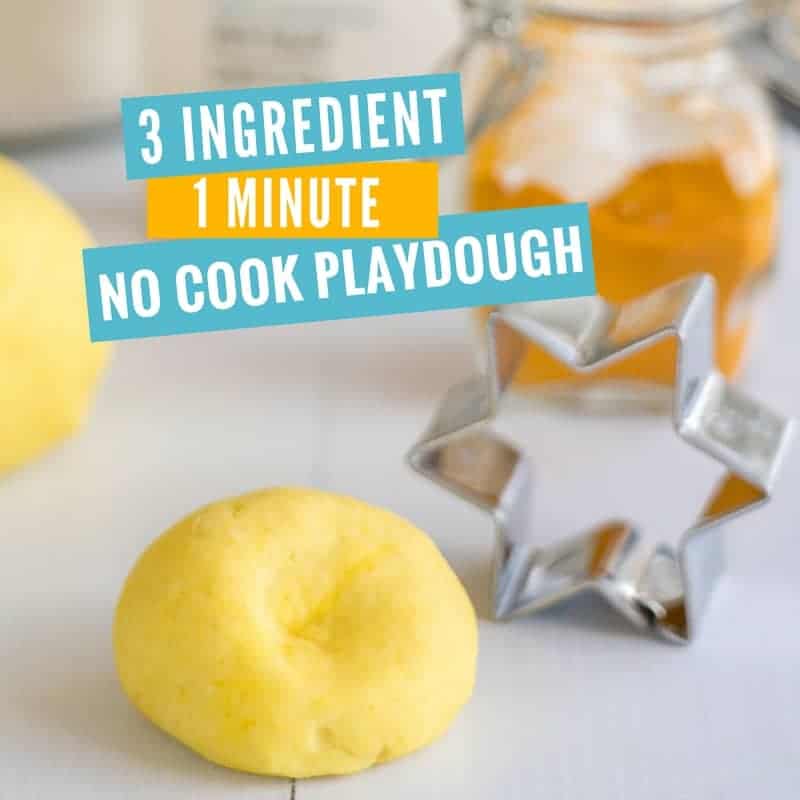Unlock Endless Creativity with Homemade Salt-Free Playdough!
Welcome, crafty parents and playful kiddos! Are you on the lookout for a safe and non-toxic playdough recipe that’s perfect for little hands? You’ve come to the right place! Today, we’re diving deep into the world of imaginative play by concocting our very own playdough without salt—a delight for both parents and children!
Why Choose Salt-Free Playdough?
Before we jump into our playdough crafts, you might wonder, “Why a playdough recipe without salt?” Well, while classic playdough recipes include salt as a preservative and texture agent, our salt-free version is designed especially for children who may have allergies or react to salt. Plus, if your little one is prone to tasting their creations (as many are!), a salt-free dough is much safer and gentler on tiny tummies. Now, with peace of mind, let’s move on to the amazing benefits of playdough play!
The Wonderful Benefits of Playdough Play
Playdough isn’t just a way to keep your children occupied; it has a whole host of developmental benefits:
- Enhances Fine Motor Skills: Squishing, rolling, and shaping playdough helps develop small muscle control and dexterity.
- Encourages Creativity and Imagination: Playdough offers endless possibilities for creative expression and imaginative play.
- Improves Hand-Eye Coordination: Using tools like cutters, rollers, and molds with playdough can improve coordination and precision.
- Promotes Emotional Development: Playdough can be a soothing, calming activity that helps children express emotions and relieve stress.
- Fosters Learning: Integrating playdough into educational activities can help children learn shapes, colors, and even basic math concepts.
With all these wonderful benefits in mind, let’s gather our ingredients and make some magic happen!
Gathering Your Ingredients
The beauty of our salt-free playdough recipe is in its simplicity. You won’t need to worry about fancy ingredients; everything you need is likely already in your pantry. Here’s what you’ll need:
- 2 cups of all-purpose flour
- 2 tablespoons of vegetable oil (you can also use coconut oil for a delightful scent)
- 1/2 cup of cream of tartar (this acts as our natural preservative and provides a super smooth texture)
- 1 1/2 cups of boiling water (hot water helps to bind everything together)
- Food coloring or natural dyes (for that splash of fun and creativity)
Note: If you don’t have cream of tartar on hand or prefer not to use it, you can substitute it with lemon juice or vinegar to help with the dough’s consistency but be aware that this may slightly affect the texture.
Time to Create Your Playdough!
Ready to get your hands a little messy and have a ton of fun? Follow these simple steps to create your very own homemade, salt-free playdough.
- Mix the Dry Ingredients: In a large mixing bowl, combine your flour and cream of tartar thoroughly.
- Add Oil: Pour the vegetable oil into your dry mixture and stir until you have a crumbly texture.
- Boil Water: Carefully measure and boil your water. Remember, safety first—always handle hot water with caution, especially with children around!
- Add Color: If you’re using one color for the entire batch, mix your desired food coloring directly into the boiling water to ensure even distribution. For multiple colors, you’ll divide the dough later and knead in individual colors.
- Combine: Gradually add the colored water to your dry ingredients, mixing continuously until the dough starts to form.
- Knead Your Dough: Once the dough is cool enough to handle, transfer it to a flat surface and knead until smooth and fully combined. If the dough is too sticky, you can add a little more flour.
- Divide for More Colors: If you want more than one color, now’s the time to divide your dough and work in different dyes by kneading.
- Play Time! Once your dough is the perfect consistency and color, it’s time to play! Roll, cut, squish, and shape to your heart’s content!
With your new batch of homemade, salt-free playdough ready, the sky’s the limit for creative playtime. Encourage your children to create their imaginary worlds, practice letters and numbers, or even do a little bit of science experimenting by mixing colors.
But wait, the fun doesn’t stop here! Let’s talk about some imaginative play ideas and storage tips to make sure your playdough lasts. Are you ready for more playful adventures?

Five Things Parents Should Know Before Making Salt-Free Playdough
Making playdough at home can be just as educational and fun as playing with it! Keep in mind these five handy pointers to ensure your playdough adventure is a smooth and joyful experience:
- Pre-measure Ingredients: Make your playdough-making process a breeze by pre-measuring all ingredients. This not only allows the process to be more involved for the kids but also minimizes the risk of measurement errors that can affect the dough’s consistency.
- Monitor Temperature: When adding boiling water to your ingredients, it’s essential to keep safety at the forefront. Monitor children closely and handle the hot water yourself to prevent any potential mishaps.
- Customize Colors and Scents: Get creative with food coloring to make vibrant dough, but also feel free to explore natural dyes made from spices and vegetables for an eco-friendly option. Introduce pleasant scents with essential oils or spices to create a multi-sensory play experience.
- Expect a Little Mess: Embrace the process, even if it gets a little messy! Set up a designated craft area that’s easy to clean, and have fun without worrying about the cleanup. After all, messy play is often the most engaging and educational form of play!
- Store Properly: To keep your playdough fresh and usable for as long as possible, store it in airtight containers or zip-lock bags. Keeping air out will prevent the dough from drying and help maintain its pliable texture.
Imaginative Play Ideas with Your New Playdough
Once you’ve created your fantastic array of salt-free playdough, the possibilities for creative exploration are almost endless. Encourage your children to use their new playdough for:
- Making mini sculptures of animals, plants, or fantasy creatures.
- Practicing letter and number formation in a tactile, engaging way.
- Creating storyboards to tell a story, improving narrative skills.
- Exploring color mixing and basic science by combining different colors to see what new colors emerge.
- Using cookie cutters to create shapes and intricate designs.
Playdough Care and Storage Tips
To ensure your homemade playdough remains as fresh and fun as the day you made it, follow these care and storage tips:
- Keep playdough in an airtight container or bag to prevent it from drying out.
- If the playdough begins to dry, add a few drops of water and knead until it regains its original texture.
- If you’ve chosen to add scents, be aware that over time these may fade. You can revive the scent by kneading in additional essential oils or spices as needed.
- Encourage clean hands before play to keep the dough clean and germ-free.
- If playdough gets mixed with dirt or debris, consider making a fresh batch, as it’s not worth the risk of potential contaminants.
Well, there you have it, a treasure trove of tips and steps to create your very own playdough without salt. Crafting with your kids is about the precious moments shared as much as it is about the end product. Enjoy every squish, roll, and giggle, and here’s to countless hours of safe, imaginative play!
See more great Things to Do with Kids in New Zealand here. For more information see here
Disclaimer
The articles available via our website provide general information only and we strongly urge readers to exercise caution and conduct their own thorough research and fact-checking. The information presented should not be taken as absolute truth, and, to the maximum extent permitted by law, we will not be held liable for any inaccuracies or errors in the content. It is essential for individuals to independently verify and validate the information before making any decisions or taking any actions based on the articles.




